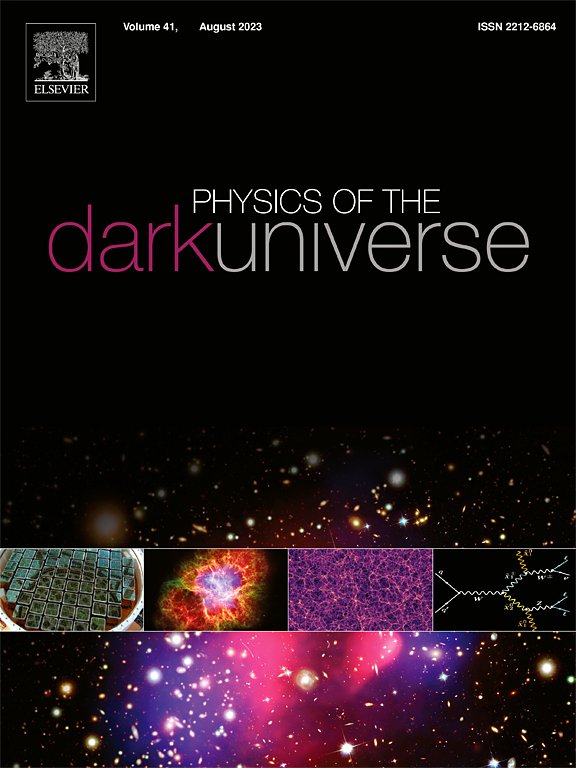An overview of what current data can (and cannot yet) say about evolving dark energy
IF 5
2区 物理与天体物理
Q1 ASTRONOMY & ASTROPHYSICS
引用次数: 0
Abstract
Recent measurements of Baryon Acoustic Oscillations (BAO) and distance moduli from Type Ia supernovae suggest a preference for Dynamical Dark Energy (DDE) scenarios characterized by a time-varying equation of state (EoS). This focused review assesses its robustness across independent measurements and surveys. Using the Chevallier-Polarski-Linder (CPL) parametrization to describe the evolution of the DE EoS, we analyze over 35 dataset combinations, incorporating Planck Cosmic Microwave Background (CMB) anisotropies, three independent Type Ia supernova (SN) catalogs (PantheonPlus, Union3, DESY5), BAO measurements from DESI and SDSS, and expansion rate measurements inferred from the relative ages of massive, passively evolving galaxies at early cosmic times known as Cosmic Chronometers (CC). This review has two main objectives: first, to evaluate the statistical significance of the DDE preference across different dataset combinations, which incorporate varying sources of information. Specifically, we consider cases where only low-redshift probes are used in different combinations, others where individual low-redshift probes are analyzed together with CMB data, and finally, scenarios where high- and low-redshift probes are included in all possible independent combinations. Second, we provide a reader-friendly synthesis of what the latest cosmological and astrophysical probes can (and cannot yet) reveal about DDE. Overall, our findings highlight that combinations that simultaneously include PantheonPlus SN and SDSS BAO significantly weaken the preference for DDE. However, intriguing hints supporting DDE emerge in combinations that do not include DESI-BAO measurements: SDSS-BAO combined with SN from Union3 and DESY5 (with and without CMB) support the preference for DDE.
求助全文
约1分钟内获得全文
求助全文
来源期刊

Physics of the Dark Universe
ASTRONOMY & ASTROPHYSICS-
CiteScore
9.60
自引率
7.30%
发文量
118
审稿时长
61 days
期刊介绍:
Physics of the Dark Universe is an innovative online-only journal that offers rapid publication of peer-reviewed, original research articles considered of high scientific impact.
The journal is focused on the understanding of Dark Matter, Dark Energy, Early Universe, gravitational waves and neutrinos, covering all theoretical, experimental and phenomenological aspects.
 求助内容:
求助内容: 应助结果提醒方式:
应助结果提醒方式:


